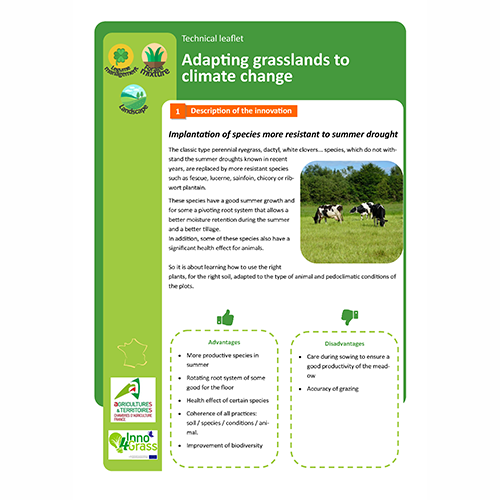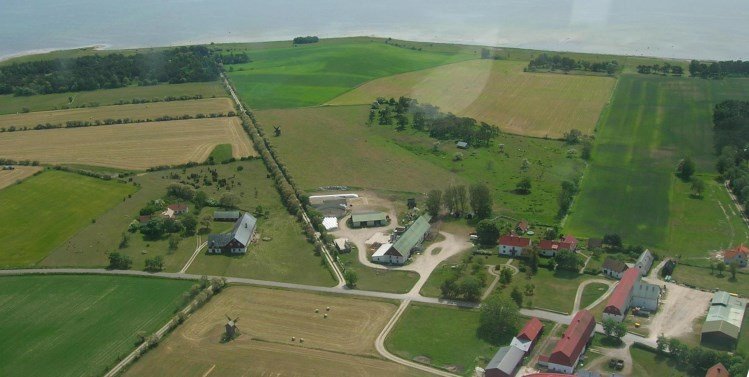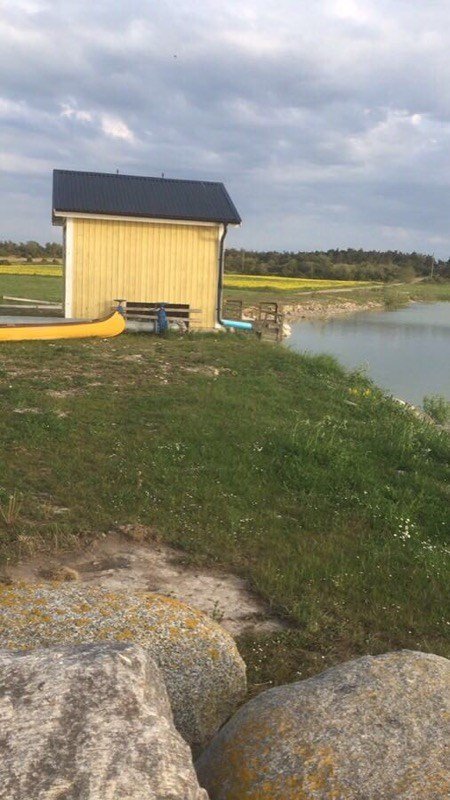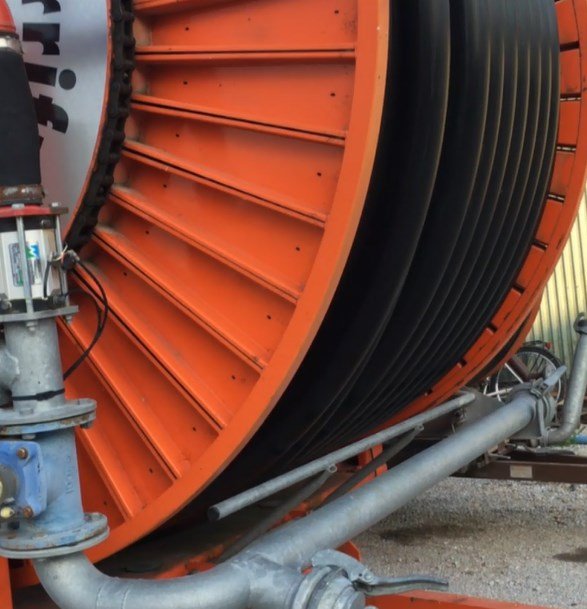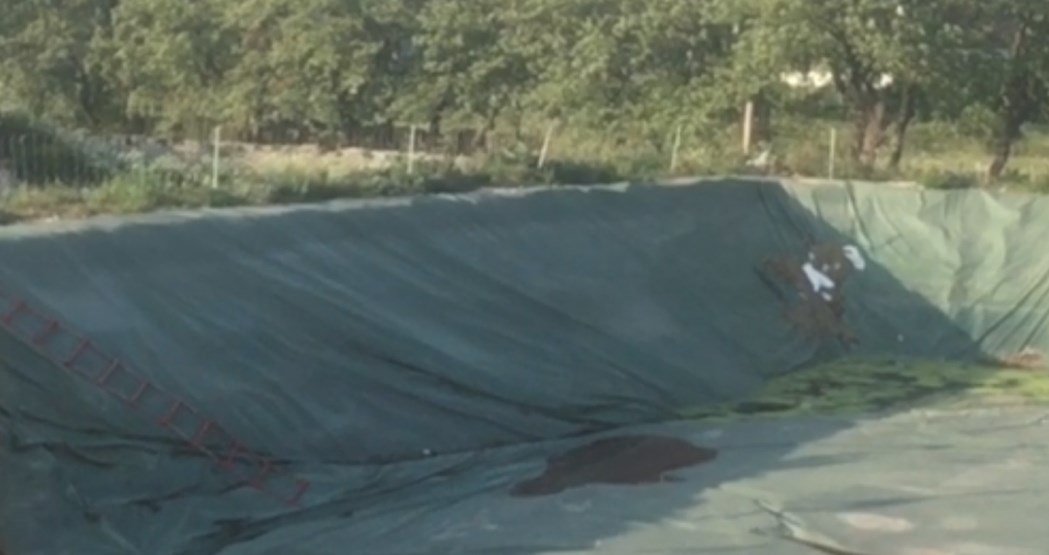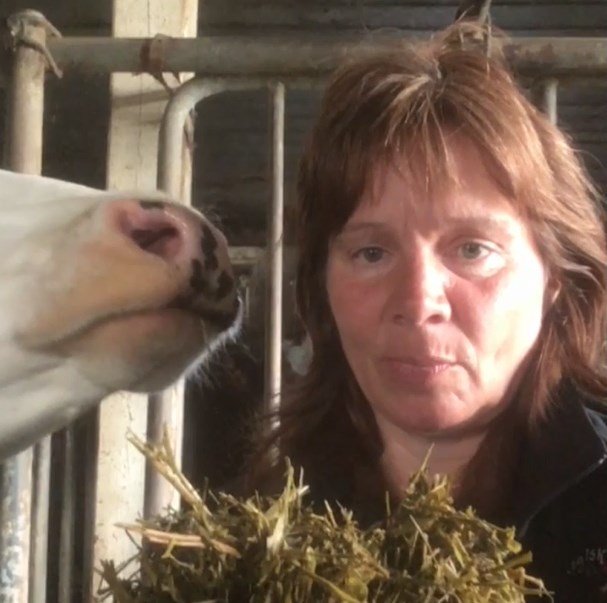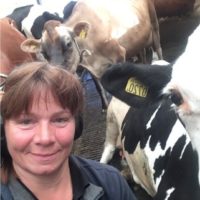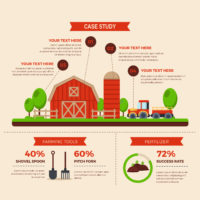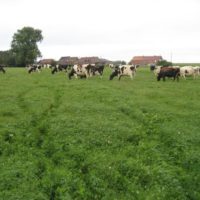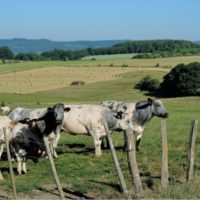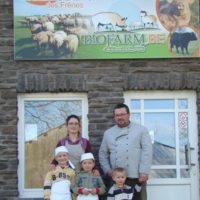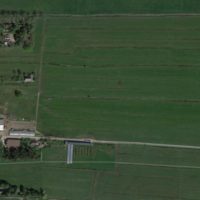Irrigation and slurry are important resources in dry areas
Description
Description of the innovation
Using farm resources is good for the environment and farm profits
The Hägg family want to utilise their farm’s resources, produce in a good way and have large production from cows, fields and grassland. The protected barnacle goose is a problem, because it grazes and fertilises too intensively. Temporary grassland in particular has to produce a lot of good forage.
The secret is to work on several fronts:
- Different seed mixes have been tested. Inclusion of lucerne and festucoid Festulolium has worked, both for yield and in preventing grazing by geese.
- Irrigation is necessary to give large yields. In collaboration with neighbours, an irrigation pond has been built.
- Controlled fertilisation provides nutrients when the leys need them. Therefore a large manure tank with roof is important.
- Whole-crop silage, vetch, faba beans and cereal have been tested. This has increased the protein content in the ration.
Advantages
- Using farm resources is good for the environment and farm profits.
- Home-grown protein saves re-sources.
- Storing slurry under cover reduced the spreading costs by 500 Euro per year.
- Cooperation with neighbours al-lowed building a large irrigation pond.
Disadvantages
- The new forage seed mixtures that are less attractive to barnacle geese (tall fescue, lucerne etc.), have a narrow harvesting window.
- The investments were partly funded by grants which was important. However, the application process is demanding, and there is a risk of non-payment if all conditions are not fulfilled.
Recommendation to farmers
Southern Gotland is a dry area. If roughage and grazing are to make up a large part of the diet for a dairy herd, stable grass yield is needed. By working together with neighbours, consulting advisors and negotiating with the authorities, the irrigation pond was built. It collects runoff, which is used on the fields instead of leaching into the Baltic Sea. At the same time, it is important to use manure in the right way. A roofed manure tank was a natural complement to maximise use of resources on the farm.
Additional information
| Domains of innovation | forage mixture, machinery, tools |
|---|---|
| Main types of animal | dairy cattle |
| Country | Sweden |
| Product type | Technical leaflet |
| Language | English, Swedish |
